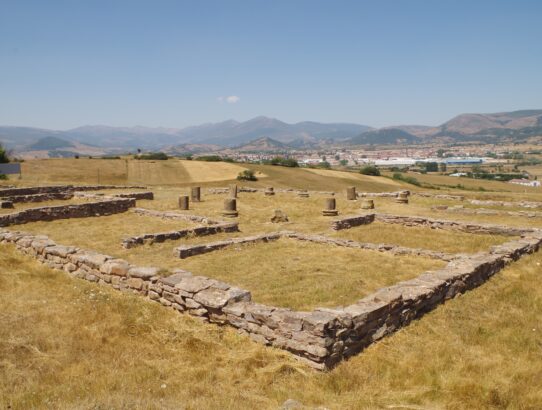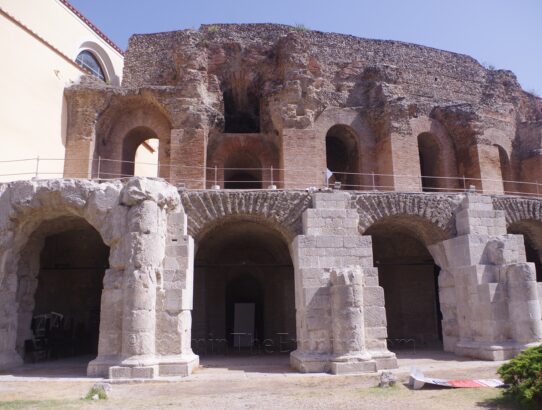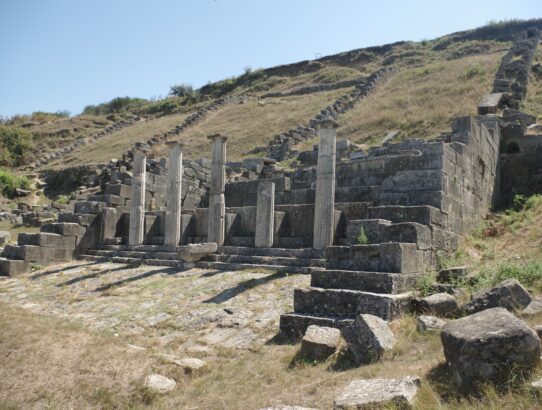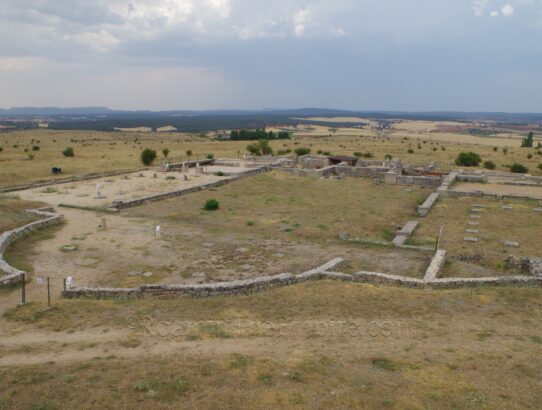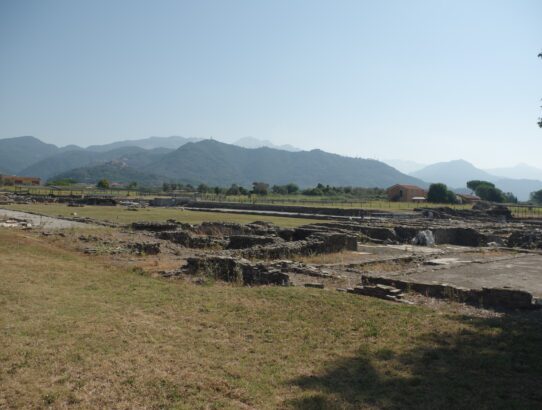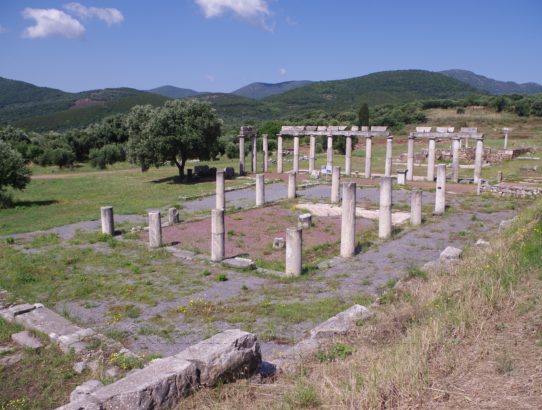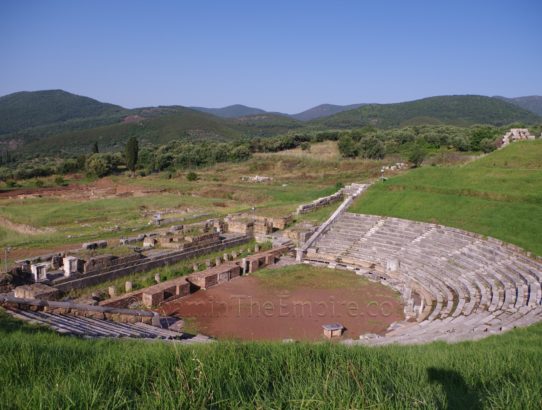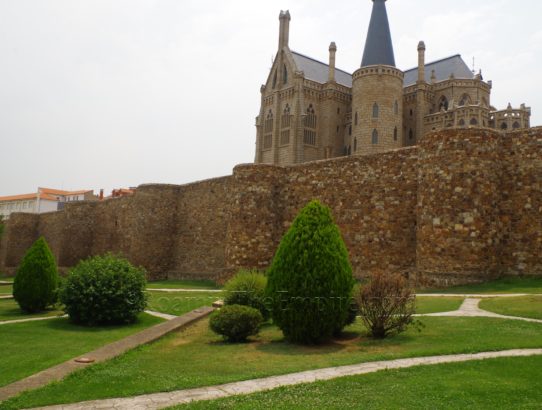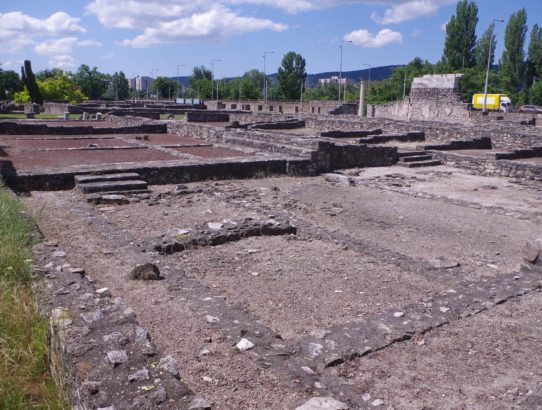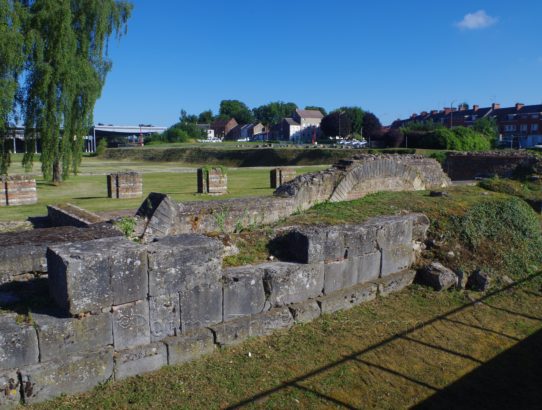Juliobriga, Hispania Tarraconensis – Part I
Most Recent Visit: July 2022 In 29 BCE, Augustus began a campaign in the northwestern part of Hispania to attempt to pacify the last remaining populations not more or less submitting to Roman hegemony on the peninsula; the Cantabri and the Astures. The bloody ten year long conflict saw the Romans not taking prisoners and…
Read More


